Standing proudly at the heart of Scotland’s bustling trunk road network, the Traffic Scotland National Control Centre (TSNCC) plays a pivotal role in keeping the country’s roads safe, efficient and free-flowing.
Overlooking the iconic Forth bridges at South Queensferry, this state-of-the-art facility is a vital part of Scotland’s transport infrastructure.
Rory MacLeod, is engagement manager at Traffic Scotland – a service provided by the Scottish Government’s national transport agency Transport Scotland.
A former DC Thomson journalist, he has spent years navigating the complexities of Scotland’s road infrastructure.
Giving The Courier a whistle-stop tour of the facility – the only instruction being that no confidential data about live traffic be reported – he shares insights into the crucial role the TSNCC plays in managing the traffic across the iconic Forth bridges and the wider network that supports Scotland’s economic and social lifeblood.
Behind the Scenes: Rory MacLeod and the TSNCC
Rory’s connection to Scotland’s roads began in childhood, with a vivid memory of the Forth Road Bridge’s opening in 1964.
“I was just a wee boy when my grandfather took me to see the bridge,” he said.
“I remember being awestruck, like a kid at the window of a car, marvelling at this immense structure.”
Decades later, Rory, 63, helps oversee operations at the TSNCC, a facility crucial to the smooth running of the entire Scottish trunk road network.
The TSNCC’s primary function is to monitor and manage the 3,507 kilometres of trunk roads and motorways that form the backbone of Scotland’s transport system.
This network represents just 6% of Scotland’s total roads but carries a staggering 35% of all traffic and 60% of heavy goods vehicles, underscoring its significance to the national economy.
The trunk roads in Courier Country include the M90, A90, A9 and the Fife section of the A92.
The strategic importance of the Forth bridges
Among the most critical elements of this network are the Forth bridges, which connect the Scottish capital to Fife and the north.
The Queensferry Crossing, a marvel of modern engineering, and the historic Forth Road Bridge are both closely monitored from the TSNCC.
Successful trials mean a new system for diverting traffic on to the old Forth Road Bridge during a closure of the Queensferry Crossing can now be put in place in just 19 minutes.
“The Queensferry Crossing is essentially a motorway,” Rory explained.
“It’s equipped with all the infrastructure typical of a motorway, including high wind thresholds thanks to its design.”
In fact, it would take winds exceeding 100mph to close the bridge – a testament to its resilience.
The Forth Road Bridge, now serving as a public transport corridor, still plays a vital role.
It is maintained by BEAR Scotland, and Rory notes the adaptive reuse of the older bridge.
“It’s become a public transport hub, but it’s also a popular spot for cyclists and pedestrians,” he said. “There’s still plenty of life in the old girl yet!”
24/7 operations: Monitoring Scotland’s trunk roads
The TSNCC operates 24/7, 365 days a year, with a state-of-the-art operations room that monitors the entire network using an array of approximately 500 CCTV cameras, emergency roadside telephones and other technological tools.
“Our job is to keep the network moving,” Rory emphasises.
“From roadworks and special events to unforeseen incidents like animals on the road, we’re constantly vigilant.”
In addition to real-time monitoring, the centre is proactive in its approach to communication.
Variable Message Signs (VMS) and social media channels are used to inform drivers about road conditions, ensuring they can make informed decisions.
The TSNCC also works closely with the police, media and meteorological officers, particularly during severe weather, to coordinate responses and minimise disruptions.
The importance of the TSNCC extends beyond just managing traffic.
With over 25,000 incidents handled in the last year alone – 700 of which were critical – the centre plays a vital role in public safety and emergency response.
“We’re not just dealing with cars and lorries,” Rory points out. “We’re dealing with people’s lives.”
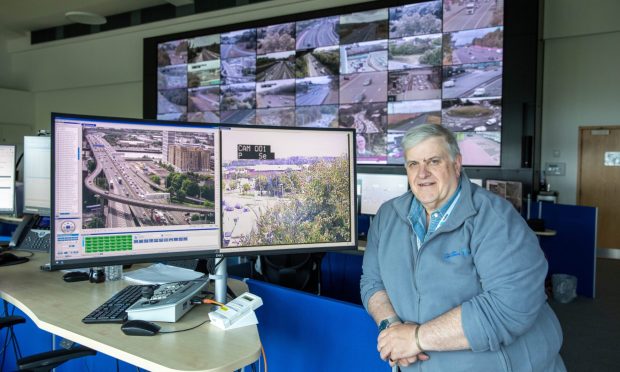
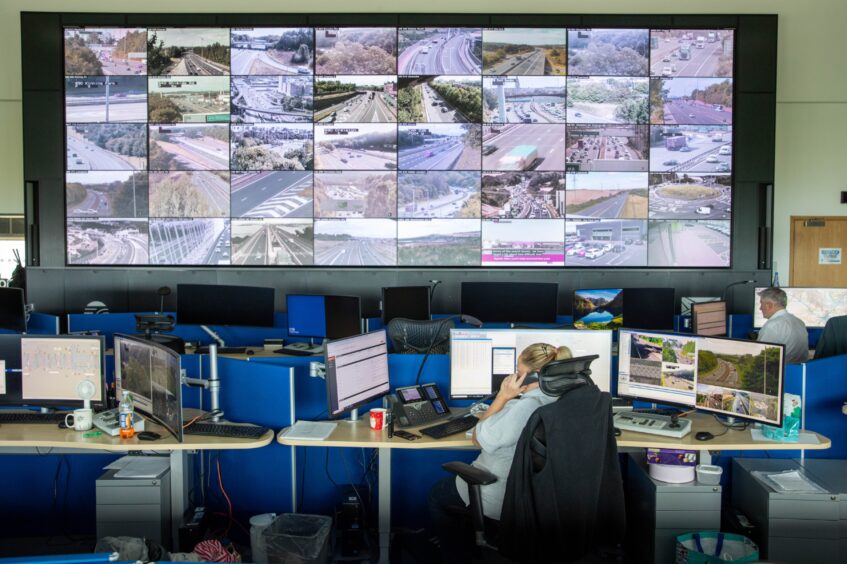
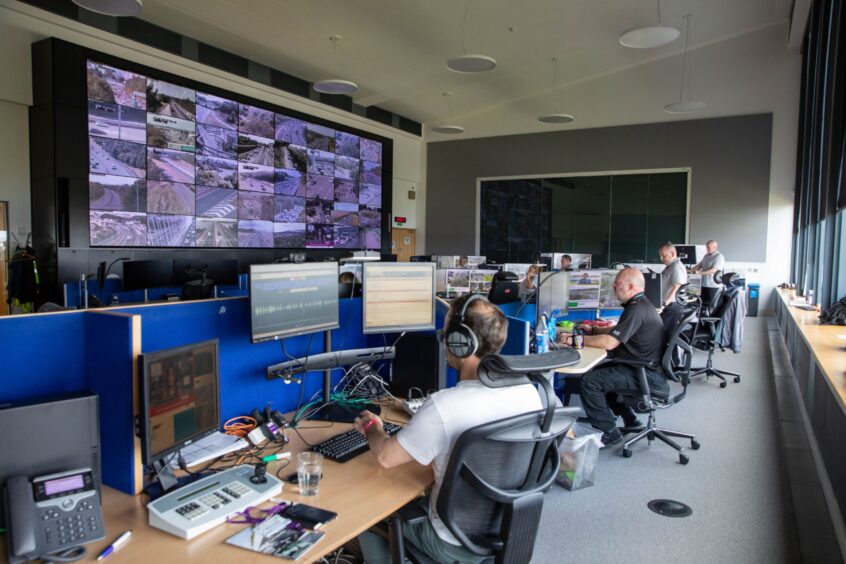

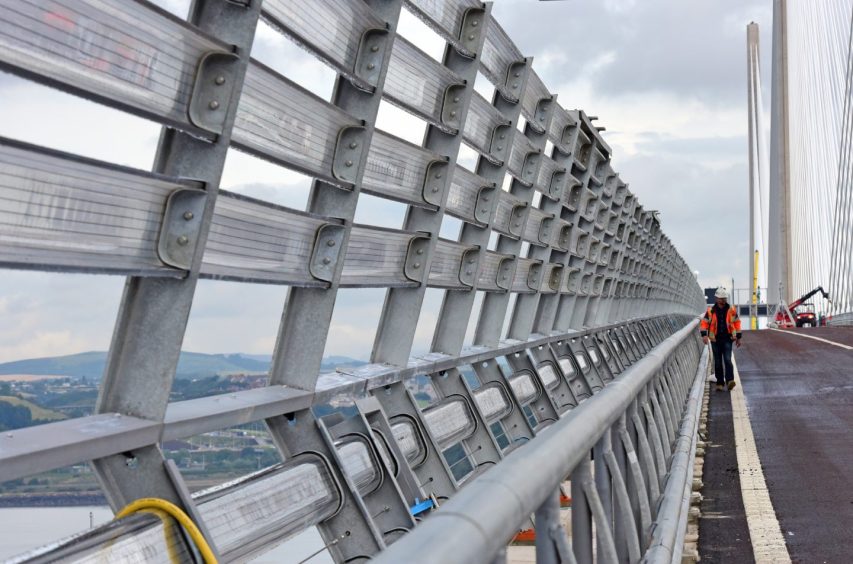
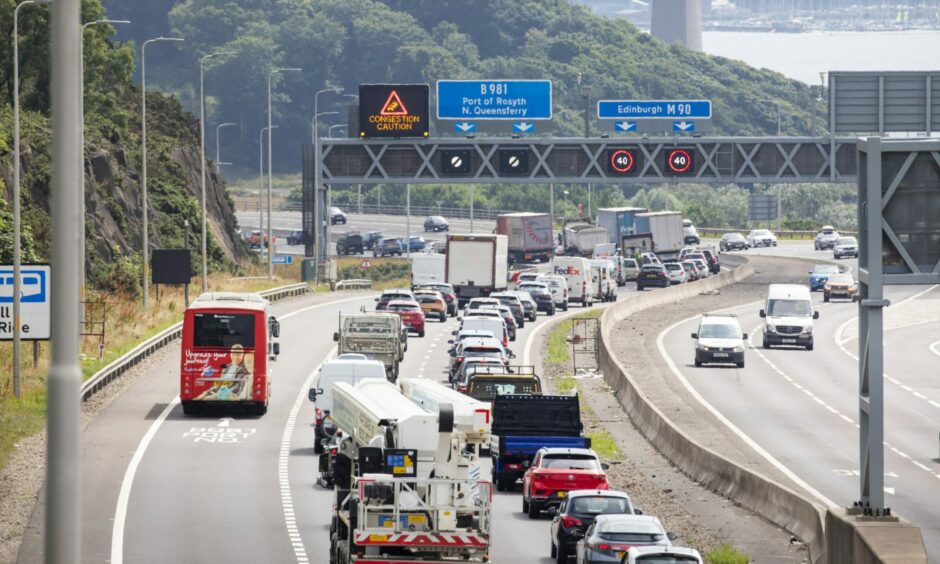
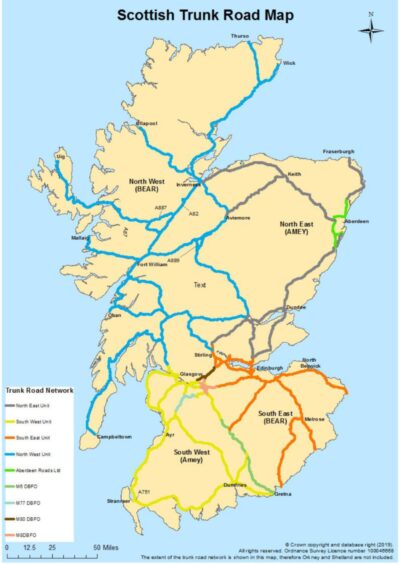
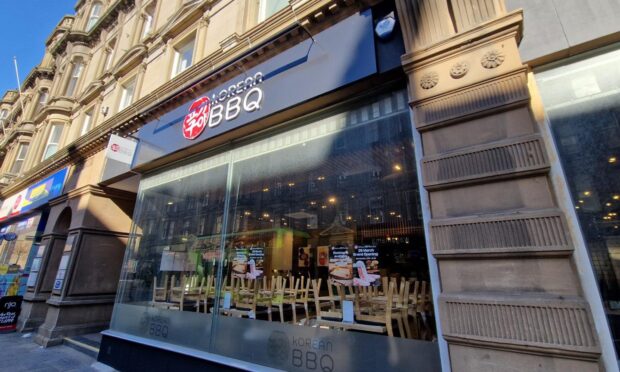

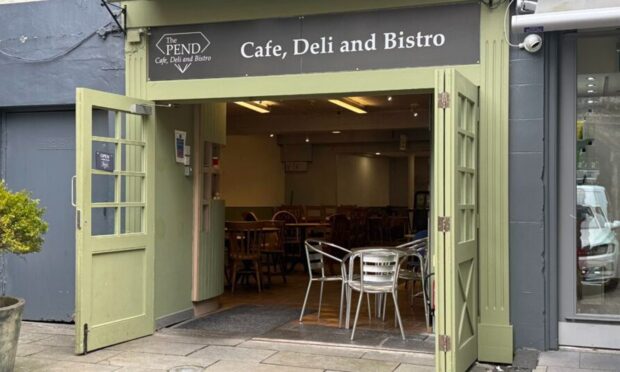
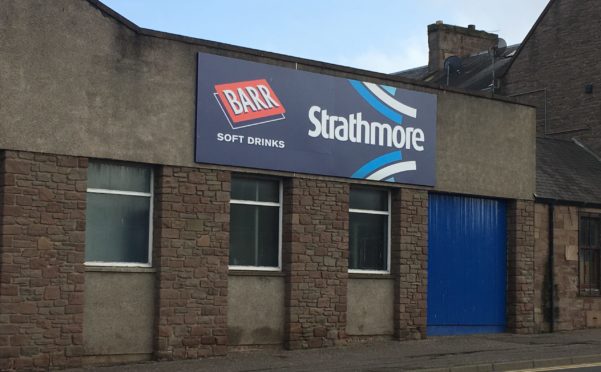

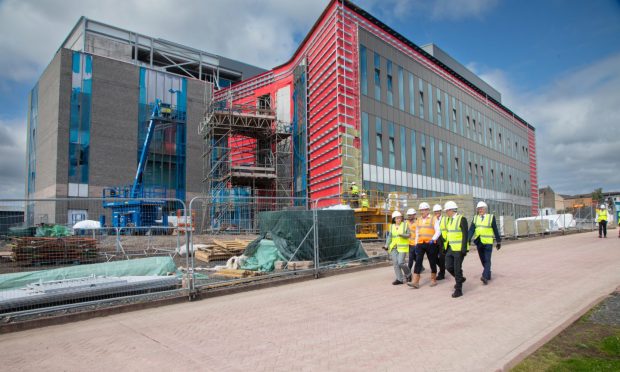

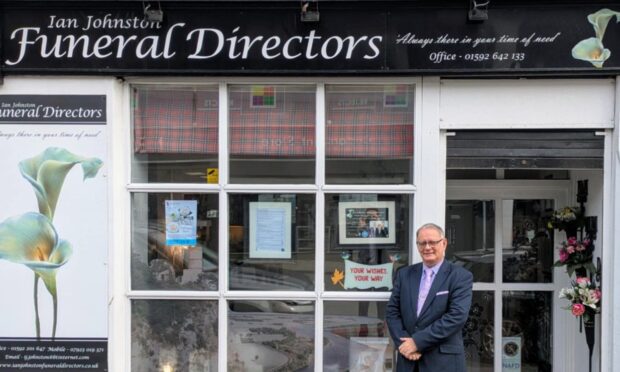
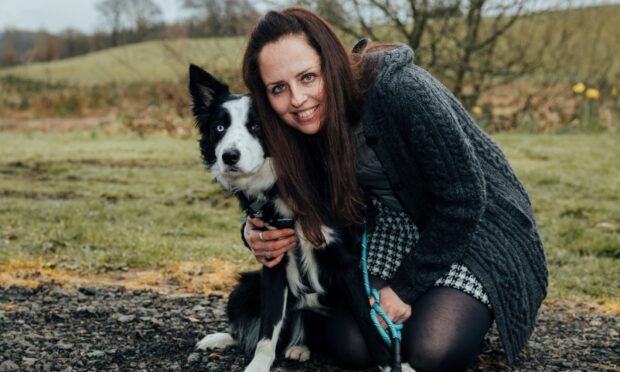

Conversation